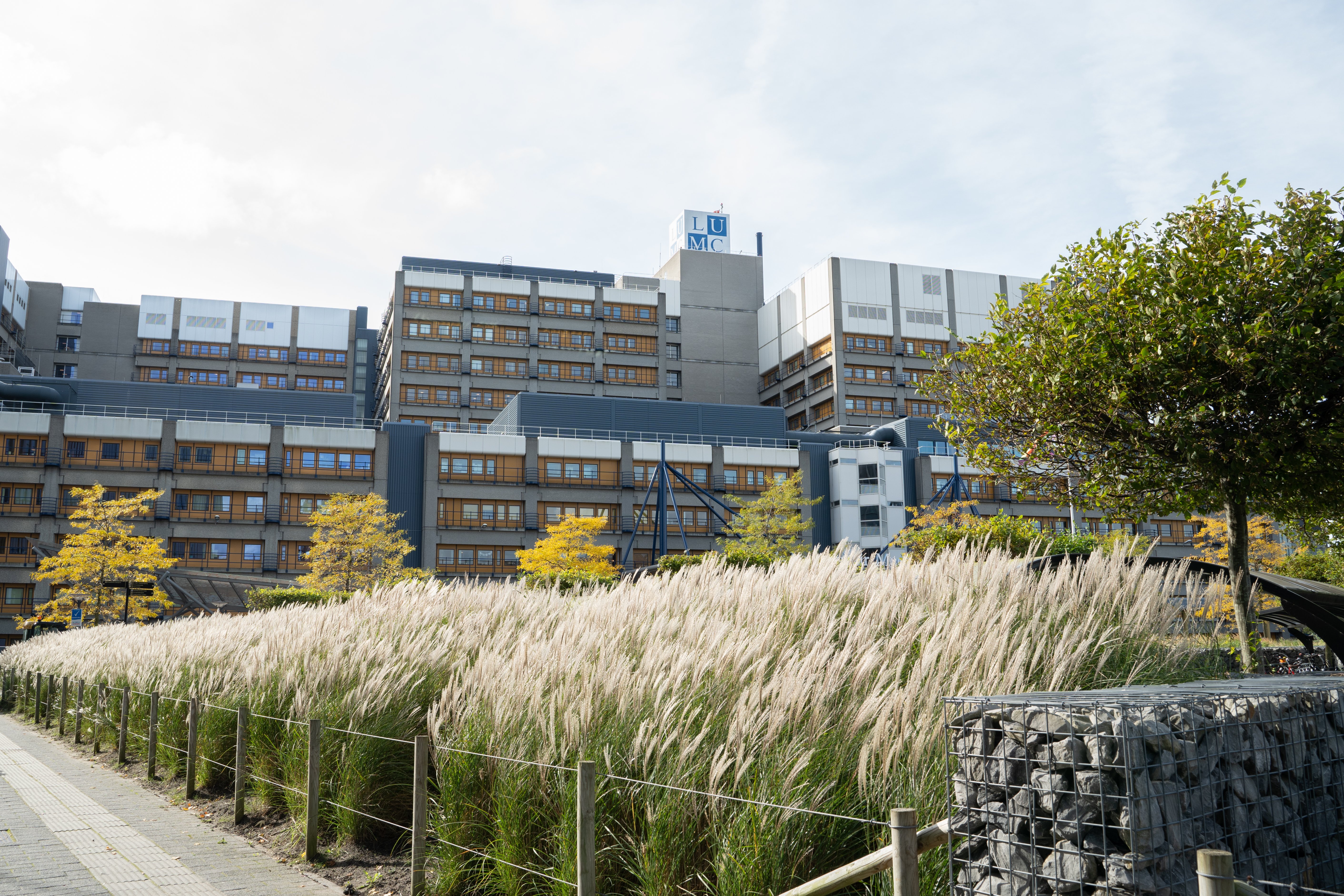2023: LUMC - Legacy software, innovative diagnostics

In the fall of 2023, I was asked to support the Clinical Genetics lab at LUMC. The in-house developer of the Oracle Forms software had unexpectedly become unavailable, putting the continuity of the lab at risk.
The lab's software (Miracle) has been developed in-house over the past 25 years. It is an Oracle Forms application with an Oracle database. There is an ongoing project to replace it with commercial software, and partly because of that, it now runs on outdated technology.
It was a steep learning curve to get familiar with Oracle and Oracle Forms, but I managed to gain solid control over it. I found and resolved a persistent crash that had been in the system for years, and I led the project to upgrade the severely outdated Windows version of the servers. We chose to do this with scheduled downtime, which required careful coordination with the lab.
In addition, I added new functionality, because although the plan is to eventually replace the software, the lab still needs to keep operating in the meantime. This included new integrations with analysis software and new robots. There are also ongoing requests to improve or change how information is retrieved.
In working on this legacy software, I applied modern techniques. I used AI to make sense of the large codebase and to help write new code. For the required new features, I built a simple Java web interface, which allowed me to easily (and with AI) add functionality without needing to work within the outdated Forms environment. I supported this with a few custom tools that converted the Forms and database into easily accessible text files.
The design is robust enough to allow continued development in the long term, if needed. In the future, the Oracle database could be replaced by Postgres. I also experimented with HTMX, a lightweight JavaScript library for making server-side interfaces more interactive.